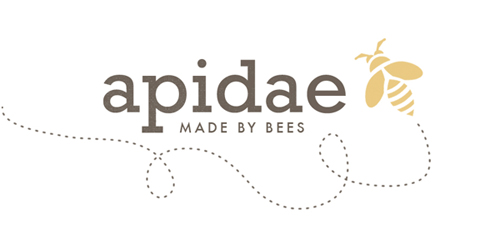The bees work so hard for us. Without the bees, we wouldn't have 1/3 of the food that we eat. And on top of all their hard work, they give us the gift of honey. So if we take their honey, it is the beekeeper's job to make sure the bees have enough to eat through the winter. If the beekeeper takes too much honey, this must be replaced with sugar water.
Let's quickly review the make up of a typical beehive. The bottom boxes are the brood boxes. In the center of these boxes, the bees grow their brood as it is the warmest area of the box. They store their honey in the outer frames. By adding more boxes on top (referred to as "supers"), the bees produce more honey than they need and store it in these top boxes. You can also add a queen excluder so that the queen is forced to remain in the bottom brood boxes. However, the beekeeper shouldn't become greedy. The honey produced in the bottom of the hive is for the bees!

So back to the sugar water, a ratio of 3 : 2 (sugar : water) should be given to the bees before the winter, usually in September when no more nectar can be found. Always measure the water first and then slowly add the sugar. Be sure to use only clean feeding supplies. And don't spill. Any spill will encourage robbing of the hive (bees, wasps, ants). Other bees will smell the food and quickly notify their colony of the new food source. For this reason, it is best to feed in the evening when most bees are in their hive. My teacher recommended adding 3 kg of sugar to a 5l bucket of water.
After the final honey extraction and first varroa treatment, you can begin with the winter feeding of sugar water. An easy way to feed the bees is by filling a glass container with a metal screw top with the sugar water. Hammer 2 mm holes into the metal lid and place the filled container upside down on top of the frames inside of an empty bee box. The bees are able to extract what they need through the holes with their tongue.
Make sure to cover the entrance to the beehive with a mouse guard. But do this while the bees are still flying. Otherwise, you risk trapping an unwanted guest in the hive. The entrance to the hive remains open in the winter but should be made smaller so that it's easier for the bees to defend the hive. Remove the mite trap tray. The tray shouldn't be put back in the hive until the end of February. In order for the hive to survive the winter, they should have between five and ten full frames of "honey"comb. As a rule, it's best to combine two weaker colonies into one strong colony for the winter.

Before letting the bees settle in for the winter, you can sort out the frames as well. A good rule is that if you can no longer see through the frame, it should be eliminated from the hive. Be sure to store frames containing any amount of honey tightly away for the winter or bees will find it. Only store clean frames or the wax moth will most definitely infest the frame. Within a healthy colony, the wax moth doesn't stand a chance as the bees keep the hive clean and remove the larvae.
And with this last preparation and my last bee class, winter can come. Back to pouring candles for me. But I hope to continue this adventure come spring time when I get my own beehive. I'll keep you posted!

